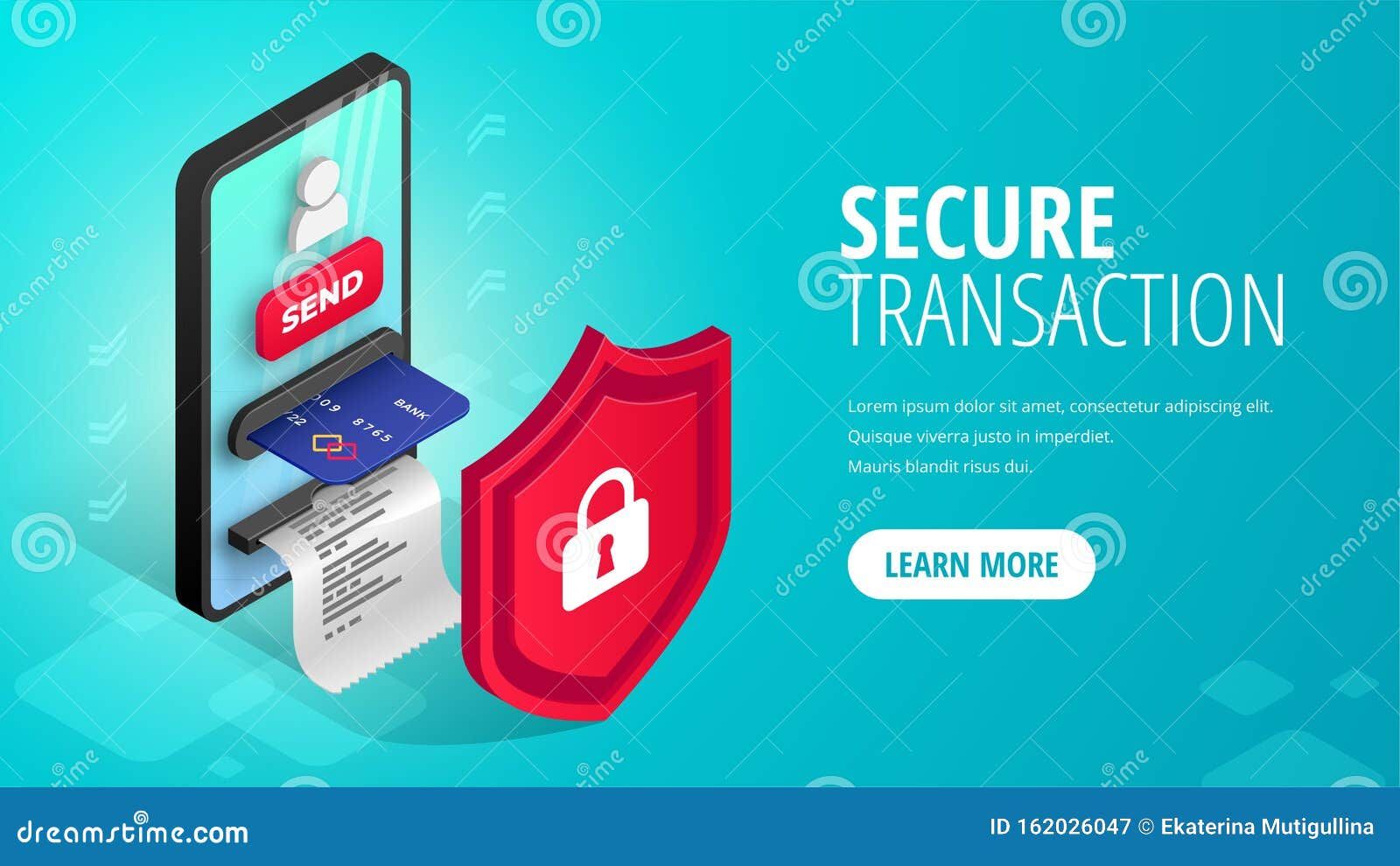
As the world continues to adapt to the digital age, mobile transactions have become increasingly popular. With the convenience of paying for goods and services via mobile devices, it is crucial to ensure that these transactions are secure. In this article, we will explore various payment methods used for secure mobile transactions.
1. Mobile Wallets
Mobile wallets are virtual wallets that allow users to store their credit/debit card information securely on their mobile devices. These wallets use features such as encryption and tokenization to ensure secure transactions. Some popular mobile wallets include Apple Pay, Google Pay, and Samsung Pay. Mobile wallets work by creating a virtual representation of your physical debit or credit card. When making a payment, the mobile wallet generates a unique token or encrypted code, which is sent to the merchant. This token conceals your actual card information, adding an extra layer of security.
2. Near Field Communication (NFC)
NFC is a technology that allows two devices to establish communication when they are in close proximity (e.g. a few centimeters). NFC is commonly used for mobile payments as it enables tap-to-pay functionality. When making a payment using NFC, your mobile device communicates with the merchant's payment terminal to transfer the payment information. NFC ensures secure mobile transactions as it uses encryption to protect the data transmitted between the mobile device and the payment terminal. Additionally, NFC transactions require authentication, such as a fingerprint or PIN code, adding an extra layer of security.
3. Biometric Authentication
Biometric authentication is a method of verifying a person's identity based on their unique physical or behavioral characteristics. Popular biometric authentication methods used for mobile transactions include fingerprint scanning and facial recognition. When making a payment using biometric authentication, the user's unique biometric data is captured by the mobile device's sensor and compared against the stored biometric data. If the comparison is successful, the payment is authorized. Biometric authentication enhances the security of mobile transactions by ensuring that only the authorized user can access their payment information. As each individual's biometric data is unique, it is difficult for someone else to impersonate the user and make unauthorized transactions.
4. Two-Factor Authentication (2FA)
Two-factor authentication is a security feature that requires users to provide two different forms of identification before accessing their accounts or making a transaction. When using two-factor authentication for mobile transactions, after entering their credentials, users receive a verification code via SMS or a dedicated authentication app. They need to enter this code to complete the transaction. This adds an extra layer of security as even if someone gains access to the user's login credentials, they won't be able to complete a transaction without the verification code.
5. Tokenization
Tokenization is a process used to protect sensitive data by replacing it with a unique identifier called a token. In the context of mobile transactions, tokenization is used to secure payment information. When making a mobile transaction, instead of transmitting the actual card number, the payment information is replaced with a token. This token is meaningless to anyone who intercepts it, as it cannot be used to perform any transactions without the corresponding identification data stored securely on the payment provider's servers. This ensures that even if the token is compromised, the actual payment information remains secure.
Secure mobile transactions are essential to protect users' sensitive payment information. Various payment methods such as mobile wallets, NFC, biometric authentication, two-factor authentication, and tokenization contribute to enhancing the security of mobile transactions. By leveraging these technologies, users can have peace of mind while making transactions using their mobile devices.

